an evergreen in Danish law
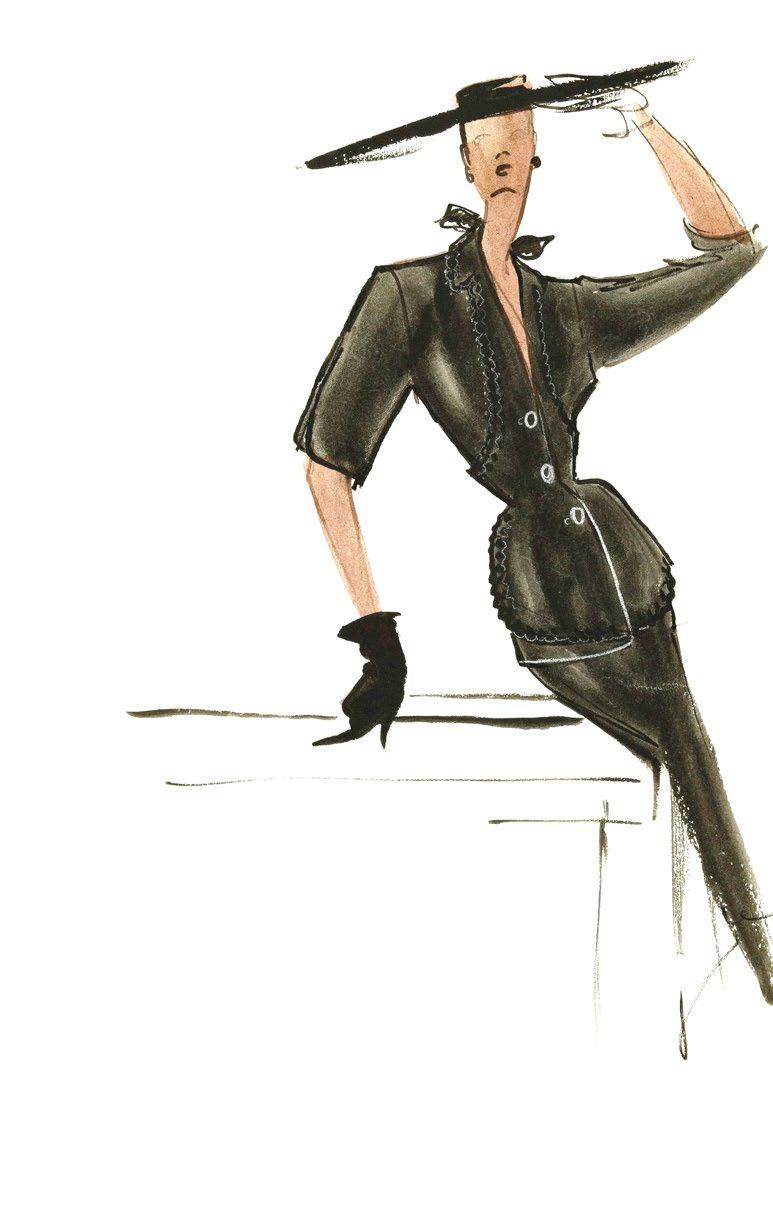
The question of whether fashion can be considered “art” and is therefore protected under the Danish Copyright Act has always been shrouded in mystery. According to the literature, this has been, and continues to be, a theoretical possibility In neighbouring countries such as Sweden, it has been customary practice. However, the Danish Supreme Court has repeatedly rejected this approach in Denmark. But perhaps something is changing?
FASHION AND COPYRIGHT IN DANISH LAW
In edition after edition of Peter Schønning's seminal work on copyright law: Ophavsretsloven med kommentarer (the annotated Danish Copyright Act), it is stated that copyright could in principle be established for fashion products, and for many years reference was made to a Swedish decision on an unusual tunic in support of this view (NIR 2000 403 SH) However, there was no established Danish precedent in this area
While there was one judgment from the Danish Maritime and Commercial High Court in which the parties agreed that a shoe was a piece of work protected by copyright (U 1979 844 S), this did not really count.
Many interesting considerations could be made in relation to that judgment, including whether the Maritime and Commercial High Court was bound by the parties' understanding of copyright in this case or whether the adversarial legal system has reached its limits, and the judgment was therefore an expression of the court’s position on copyright. The former was probably the case, although the latter would arguably have been more accurate
Many believed that the situation would change in 2021 when the Supreme Court delivered its judgment in the case concerning Ilse Jacobsen's rubber boots (U 2020.2817 H), in which IJH A/S as represented by the undersigned.
The experts gave their opinions as they were supposed to, and these expert opinions were an excellent means of getting copyright views accepted.
Shortly before the main hearing in the Supreme Court, the Court of Justice of the European Union (CJEU) delivered its judgment in the long-awaited case C-683/17 (Cofemel). Among other things, the CJEU established that the EU-
It is not enough that fashion products create their own visual and distinctive effect from an aesthetic point of view or are based on innovative concepts
harmonised concept of originality also covers applied art, meaning that national courts cannot impose particularly restrictive originality require- men
requirements in cases concerning copyright in applied art, including fashion.
However, things did not turn out as most people expected The Supreme Court did indeed rule that fashion products can qualify as works of applied art under Danish law. Given Cofemel, anything else would have been highly unexpected
However, the Supreme Court concluded that the RUB1 rubber boots did not meet the originality requirement. In this connection, the Supreme Court referred to the Cofemel premises, which state that it is not enough that fashion products create their own visual and distinctive effect from an aesthetic point of view or are based on innovative concepts to meet the originality requirement.
It all started with a ballerina shoe with a belt buckle.
As for the experts who said that RUB1 demonstrated creative skills based on free and creative choices, the Supreme Court responded (some might say rather harshly) that this could not lead to a different outcome, which is legalese for ”we hear what you're saying, but we don't really care ”
As a result, the Danish fashion industry – and all international players operating in Denmark –was once again knocked back to square one and had to make do with the legal practice that had prevailed since the Supreme Court delivered its judgment on the “NØRGAARD PÅ STRØGET NO. 101” case in 2011, effectively refusing copyright protection on the grounds that:
“Taking into account freedom of movement in the market, including measures to prevent monopolisation, the Danish legal tradition imposes significant requirements in terms of originality and artistic effort before fashion items can be considered for copyright protection, as such items are conceptually created to be market-driven and short-lived ”
While this reasoning is certainly not compatible with Cofemel, it is nevertheless representative of Danish case law in this area, at least in terms of the outcome
However, something else happened in 2024. The Danish fashion house Ganni picked up the baton from Jørgen Nørgaard and Ilse Jacobsen. It all started with a ballerina shoe with a belt buckle
THE GANNI CASES
In February 2024, a dispute arose between Ganni and American shoe manufacturer Steve Madden The dispute centred on Steve Madden's sale of a range of shoe products whose designs, according to Ganni, were strikingly similar to those of Ganni's “Buckle Ballerina” ballerina shoes, which were introduced to the market in October 2021.
The dispute led to Ganni initiating legal proceedings against Steve Madden before the Maritime and Commercial High Court, with a view to stop Steve Madden's sale and marketing of the aforementioned shoe products.
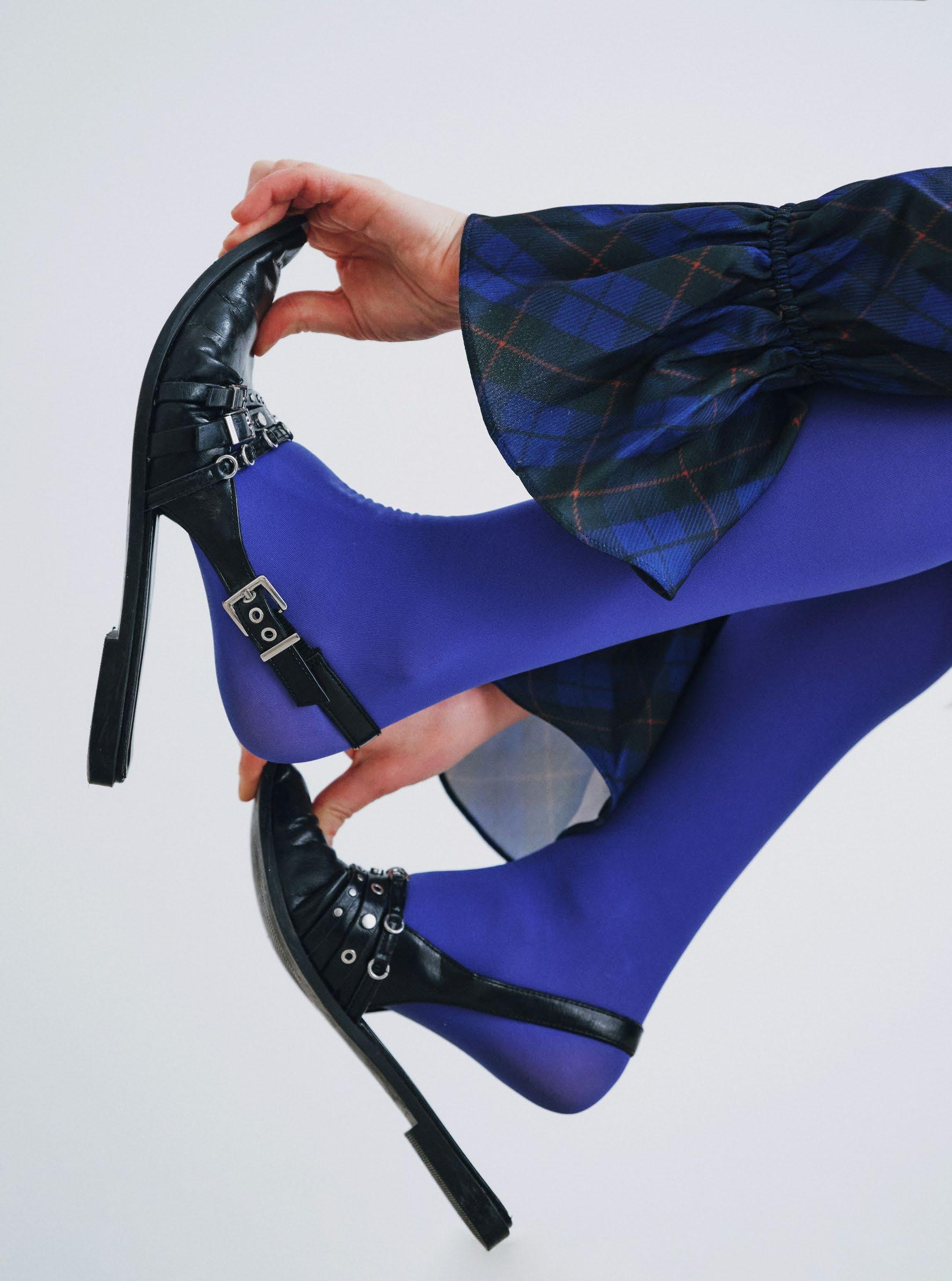
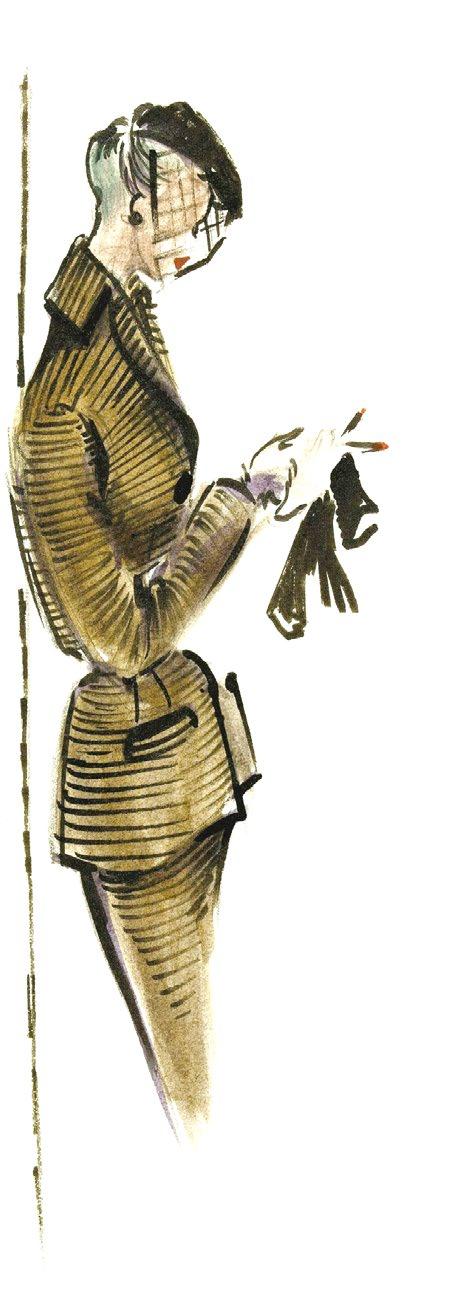
Not surprisingly, one of the key issues in the case was whether Ganni's ballerina shoes constitute a work of applied art and are therefore eligible for copyright protection
The ruling given on 9 August 2024, ruled in favour of Ganni. Steve Madden was prohibited from "offering, marketing, selling, exporting and importing the shoe – regardless of colour – in, from or to Denmark".
This was not particularly surprising in itself What was surprising, however, was that the Maritime and Commercial High Court – based on extensive and convincing evidence –
found that Ganni's "Buckle Ballerina" was protected by copyright, on the grounds that the design reflected the designer's free and creative choices
This was the first time a Danish court had assessed that a fashion product was a piece of work protected by copyright in a context where the parties to the case were in complete disagreement on that very issue
This naturally raised the question of whether the ruling represented a new development or whether it was an isolated incident. It is clear that many hoped for the former and at least as many feared the latter
In the lead-up to the Maritime and Commercial High Court case against Steve Madden, Ganni sent several warning letters to retailers of Steve Madden products, demanding they stop selling the shoes One of these retailers was the American online platform Lulu's Fashion Lounge, which was not willing to comply with Ganni's demands.
Just over a month after the Maritime and Commercial High Court ruled against Steve Madden, Ganni was back in the same court –this time with Lulu's Fashion Lounge as the opposing party, and a ruling was given on 1 November 2024
The outcome was essentially the same as in the first case. However, much to the surprise of many, the Maritime and Commercial High Court found in this case that Ganni’s "Buckle Ballerina" did not qualify for copyright protection This was a clear setback for the Danish fashion industry.
The Maritime and Commercial High Court noted, among other things, that the shoes were not sufficiently innovative to qualify for copyright protection. Against this background and with reference to Cofemel and RUB1 (both mentioned above), it was therefore found that the shoe did not meet the originality requirement
And, with a wave of a magic wand, everything was back to normal: Copyright for fashion products was a theoretical possibility, but in practice impossible to achieve And the change in the legal position brought about by the first ruling seemed out of reach
Ganni's ‘Buckle Ballerina’ was copyrighted, and Steve Madden had infringed this copyright.”
But the Maritime and Commercial High Court was not done Parallel to the “shoe war” with Steve Madden, Ganni had also initiated legal proceedings against another player, Bianco, who, according to Ganni, had also copied the “Buckle Ballerina” shoes. On 14 January 2025, the Maritime and Commercial High Court gave a ruling that reached the same conclusion regarding copyright as in its ruling of 1 November 2024: Ganni's “Buckle Ballerina” was not a work of applied art.
This brought the score to 1-2 in favour of Ganni against the alleged copycats, and the Maritime and Commercial High Court had put yet another nail in the coffin of copyright law.
But Ganni refused to give up and appealed all three rulings to the High Court.
On 17 March 2025, the Danish Eastern High Court gave its ruling in the first appeals case against Steve Madden Rather surprisingly, the Eastern High Court sided with the Maritime and Commercial High Court on the first of the three cases. Ganni's "Buckle Ballerina" was copyrighted, and Steve Madden had infringed this copyright
The High Court emphasised that Ganni's design had to be regarded as an expression of the designer's free and creative choice. While it was acknowledged that the shoe incorporated several elements from previous designs, the court also found that the combination of those particular elements was so novel and creative that the design could be considered intellectual in a copyright context
Overall, this made Ganni's "Buckle Ballerina" a piece of work that could be protected by the Copyright Act.
On the same day, the Eastern High Court also gave its ruling in the appeals case against Lulu's Fashion Lounge However, the High Court refused to consider the copyright issue on the grounds that it “would not change the scope of the protection Ganni obtains from the temporary injunction already imposed, if it is ruled in the present
FEBRUAR Y 2024
Dispute between Ganni and Steve Madden arises
appeals case that there is also a copyright infringement, the High Court rejects Ganni's claim 1”.
The only decision pending is therefore the Eastern High Court's ruling in the appeals case against Bianco However, it is expected that this case will have the same outcome as case no. 2, referred to above, and will therefore not provide further insight into the copyright issue.
Alongside the Danish legal proceedings, Steve Madden and Ganni have also initiated legal proceedings against each other outside of Denmark. In addition to the two cases decided by the Eastern High Court on 17 March 2025, Steve Madden initiated legal proceedings against Ganni in both the United States and Sweden for allegedly making wrongful statements regarding infringement in response to the Danish cases. However, according to information from the undersigned, Steve Madden withdrew its case against Ganni in the United States in March 2025 – apparently (and not particularly surprising) at the same time as the Eastern High Court's ruling, which also found infringement.
Ganni continued its winning streak on 30 April 2025, when the Maritime and Commercial High Court issued an injunction against Boozt, the Nordic e-commerce platform, preventing it from marketing and selling Steve Madden's “Grand Ave” shoes in any colour, pattern or material In
1. NOVEMBER 2024
However, in a case against Lulu's Fashion Lounge, the Maritime and Commercial High Court finds that “Buckle Ballerina” does not qualify for copyright protection
9. AUGUST 2024
In the case against Steve Madden, the Maritime and Commercial High Court finds that Ganni's “Buckle Ballerina” is protected by copyright
14. JANUAR Y 2025
17. MAR CH 2025
The Eastern High Court decides that Ganni's “Buckle Ballerina” is protected by copyright, thus concurring with the opinion expressed in the first ruling.
In a case against Bianco, the Maritime and Commercial High Court once again finds that “Buckle Ballerina” does not qualify for copyright protection.
30. APRIL 2025
The Maritime and Commercial High Court issues an injunction against Boozt, preventing it from selling Steve Madden's “Grand Ave” shoes.
this case, too, “Buckle Ballerina” was found to be a work protected by copyright, which was hardly surprising in the wake of the Eastern High Court's ruling of 17 March 2025
A NEW APPROACH IN DANISH LAW?
The big question now is whether the Eastern High Court's ruling of 17 March 2025 marks a real turning point On the one hand, you would have to be extremely pessimistic not to at least keep your fingers crossed in the hope that this is the case. On the other hand, given the history, it is difficult not to be concerned that the Supreme Court will ultimately reject it with reference to its own judgment in RUB1
The evidence relating to originality in the RUB1 and Ganni cases shows significant similarities. There are also considerable similarities between the products in question, as they both incorporate well-known design elements in new ways
You would have to be extremely pessimistic not to at least keep your fingers crossed in the hope that this is the case.
There are, however, also differences between the RUB1 case and the Ganni cases For example, the RUB1 case reached the Supreme Court after the Maritime and Commercial High Court and the Western High Court both rejected the copyright claim. Admittedly, both Dansk Industri (the Confederation of Danish Industry) and Dansk Mode & Textil (the Danish Fashion & Textile Association) had spoken out in favour of the Danish Appeals Permission Board granting leave to appeal to a third instance. However, that is not the same as winning the first two sets before the match is decided in the third
For this reason alone, it is not easy to predict what the Supreme Court will say when it has the
opportunity to do so. However, the undersigned would venture to guess that the Supreme Court will have the opportunity to comment on the Ganni cases, when one of the upcoming main proceedings is granted leave to appeal to a third instance.
Besides, the crystal ball exercises are not made any easier given the current situation in the EU, which could be just as important for the current state of the law in Denmark
THE EU AND COPYRIGHT
At the time of writing, there are two pending preliminary ruling cases, C-580/23 (Mio) and C795/23 (USM Haller), which may impact how originality in fashion products is assessed. The CJEU’s judgments are expected shortly.
In the Mio case, the Swedish Patent and Market Court of Appeal – based on a case concerning an alleged copyright infringement involving a table – referred a number of detailed questions for a preliminary ruling on how the requirement of originality should be assessed in cases concerning applied art While one must be careful not to oversimplify the questions, it is probably not entirely wrong to interpret them as asking whether it is the process or the end result that is more decisive. The former is clearly advantageous for fashion producers, especially in a country that celebrates aesthetic simplicity Conversely, the latter can make it more difficult
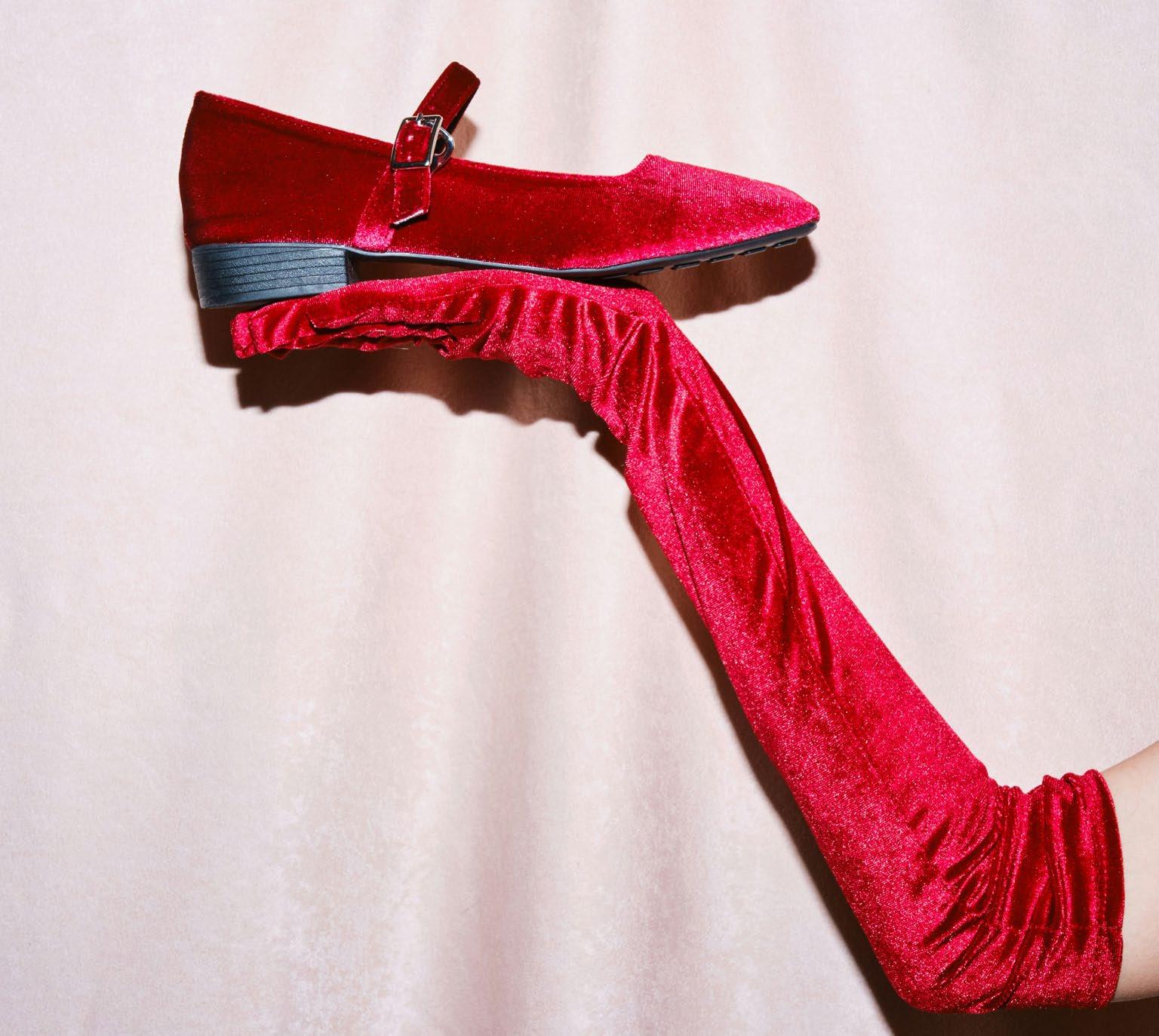
to obtain copyright protection for applied art, including fashion.
In the USM Haller case, the German Federal Court of Justice (Bundesgerichtshof) raised the question of whether the assessment of originality should consider the subjective choices and creative process of the creator or be based on an objective standard. This question arose from a case concerning alleged infringement of copyright in a modular shelving system In this respect, the case raises some of the same questions as in the Mio case: Is it the process or the end result that is decisive? However, the USM Haller case also raises the question of whether factors such as museum exhibitions or professional recognition can be taken into account when assessing originality.
It is clear that both cases could have an impact on how the Ganni cases ultimately turn out in Denmark
However, the CJEU is not the only source of relevant and topical news concerning copyright in applied art, including fashion products.
Around the same time that the Eastern High Court gave its ruling in the Ganni case, the German Federal Court of Justice delivered its judgment in a case concerning Birkenstock's classic Arizona sandal. The court rejected Birkenstock's view on copyright, partly on the grounds that the design of the sandals did not demonstrate artistic creativity beyond their
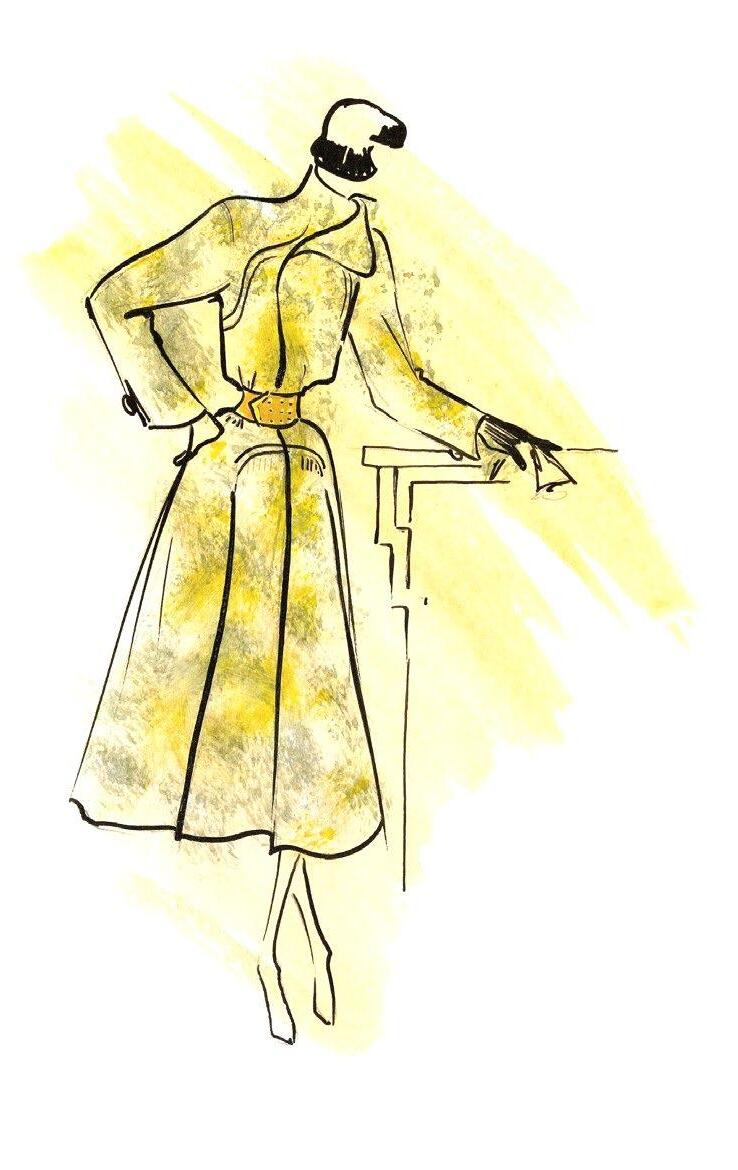
functional form
It's not too early to get the popcorn ready. This is going to be a thriller!
Above all, the judgment shows that the boundaries of copyright in relation to fashion products remain unclear, and that the legal position appears to be developing differently in the EU Member States, despite the CJEU’s assertion that the originality requirement is – or at least should be –harmonised throughout the EU.
Only time will tell if the Eastern High Court's ruling of 17 March 2025 was a real breakthrough or merely a blip. One thing is certain: It's not too early to get the popcorn ready This is going to be a thriller!
Forfattere

Søren Danelund Reipurth
SDR@BRUUNHJEJLE.DK
+45 31 14 30 14

Nina Ringen
NRI @BRUUNHJEJLE.DK
+45 25 24 51 09

Inez Wulff Heitmann
IWHE @BRUUNHJEJLE.DK
+45 50 59 20 60
